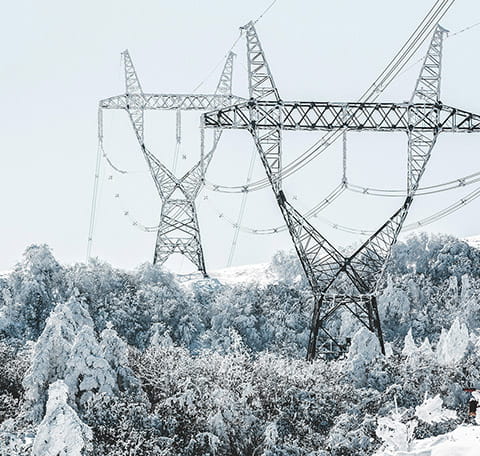
。
# Thermal Imaging Camera: A Comprehensive Guide to Its Applications and Benefits
## Introduction to Thermal Imaging Cameras
Thermal imaging cameras, also known as infrared cameras, are advanced devices that detect heat signatures and convert them into visible images. Unlike traditional cameras that rely on visible light, thermal cameras capture infrared radiation emitted by objects, making them invaluable tools in various industries.
## How Thermal Cameras Work
Thermal cameras operate by detecting infrared radiation, which is emitted by all objects with a temperature above absolute zero. These devices use specialized sensors to measure temperature differences and create a visual representation called a thermogram. The resulting image displays temperature variations through different colors or shades, with warmer areas typically appearing brighter.
## Key Applications of Thermal Imaging Cameras
### 1. Building Inspection and Energy Audits
Thermal cameras are widely used in construction and maintenance to identify heat leaks, insulation problems, and moisture intrusion. By revealing temperature differences in building structures, professionals can pinpoint areas of energy loss and improve building efficiency.
### 2. Electrical and Mechanical Maintenance
In industrial settings, thermal imaging helps detect overheating components in electrical systems and machinery. This preventive maintenance approach allows technicians to address potential failures before they occur, reducing downtime and repair costs.
### 3. Firefighting and Search & Rescue
Firefighters use thermal cameras to see through smoke, locate hotspots in burning structures, and find victims in low-visibility conditions. These devices have become essential tools for saving lives in emergency situations.
### 4. Medical and Veterinary Diagnostics
In healthcare, thermal imaging assists in detecting inflammation, circulatory problems, and other medical conditions. Veterinarians also use these cameras to identify injuries or illnesses in animals that might not be visible to the naked eye.
### 5. Security and Surveillance
Thermal cameras provide effective surveillance in complete darkness or challenging weather conditions where conventional cameras fail. They’re commonly used in perimeter security, border control, and military applications.
## Benefits of Using Thermal Imaging Technology
Non-Contact Measurement
Thermal cameras allow temperature measurement from a safe distance, making them ideal for inspecting hazardous or hard-to-reach areas.
24/7 Operation
Unlike visible light cameras, thermal imaging works equally well day and night, unaffected by lighting conditions.
Preventive Maintenance
By identifying potential problems before they escalate, thermal imaging helps organizations save money on repairs and prevent catastrophic failures.
Energy Efficiency
In building applications, thermal imaging contributes to significant energy savings by identifying areas of heat loss and improving insulation.
## Choosing the Right Thermal Camera
When selecting a thermal imaging camera, consider factors such as resolution, temperature range, sensitivity, and additional features like image fusion or wireless connectivity. The right choice depends on your specific application and budget.
## Future of Thermal Imaging Technology
As technology advances, thermal cameras are becoming more affordable, compact, and sophisticated. Emerging applications include autonomous vehicles, smart home systems, and advanced medical diagnostics, promising to expand the use of thermal imaging in our daily lives.
Keyword: thermal camera
## Conclusion
Thermal imaging cameras have revolutionized numerous industries by providing a unique way to visualize heat patterns and temperature variations. From saving energy in buildings to saving lives in emergency situations, these versatile devices continue to demonstrate their value across countless applications. As the technology evolves, we can expect even more innovative uses for thermal imaging in the future.